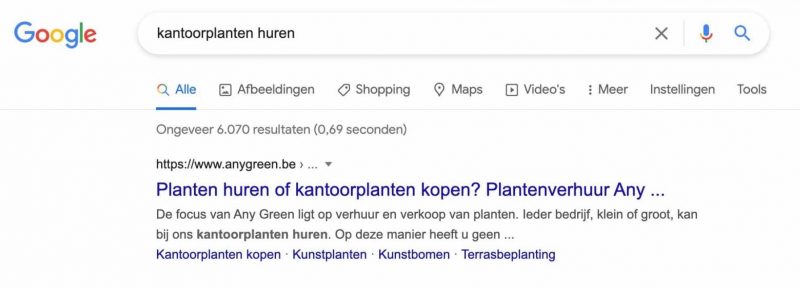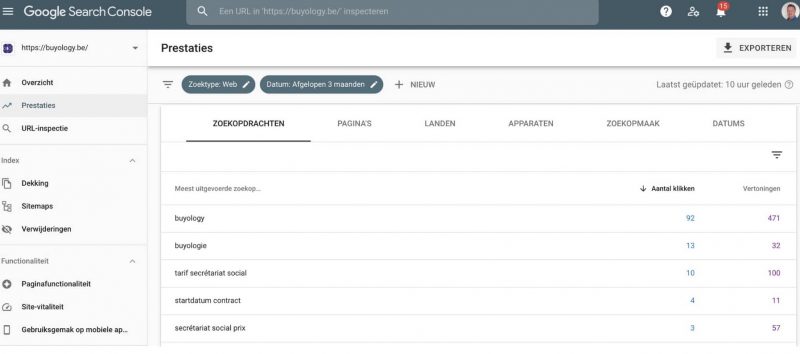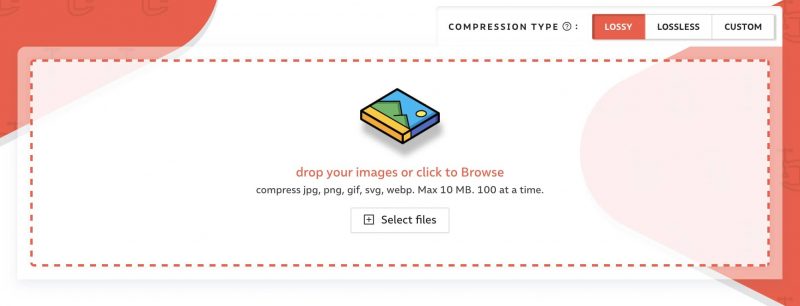10 quick wins For your SEO
Every company wants to be found by their ideal buyer persona. But reaching this goal is not that as easy as it looks. SEO, or search engine optimization, is a marketing tactic that consists of very different parts. It could very well take over 3 months before you start seeing the results of your SEO efforts. No one likes to hear this, but it is the simple truth.
Being found organically has big advantages in the long run. In this blogpost we want to share 10 quick wins to help you optimize your website for search engines.
1 - No more duplicate content
Duplicate content is content that has been published in different places, on your website or somewhere else. These are pieces of content that are (almost) entirely the same. Usually, this happens by accident: by copy-pasting something, or not applying the right settings on your website.
Whatever the case, you want to get rid of that duplicate content. First, map out which duplicate content you have. Then you can decide whether you should delete content or update what you have.
With a tool like Siteliner, you can find duplicate content easily. Are you a Hubspot user? Check out the SEO scanner in Hubspot account, it gives you an overview of duplicate content, titles and met tags.
2 - Optimize your current content
New content can be very valuable, but it takes time and energy. You can also realize some quick wins by just optimizing your current content.
For starters, make sure that the titles and meta descriptions of your pages are unique, and they are not too long. Most CMS’s will indicate when a title or meta description needs to be shortened. These are the first things your visitors get to see in the search results, like the example below shows.

3 - Use header tags
Big chunks of text make your content to read. And what’s more: search engines don’t like it either. It’s best practice to use header tags (or subtitles) to divide your text into logical blocks. This makes it easier for your readers to digest your content. Apart from that, these header tags provide relevant information to search engines about your article.
Start with precisely one H1 tag, this will be the title of your page. It tells search engines exactly what the topic of the page is. So make sure not to have two H1 tags, this confuses search engines and readers.
Then below the H1 tag, you can place H2 and H3 tags to subdivide your blogpost. Make sure you also add some keywords to these titles. Add enough of those in order to avoid huge chunks of text.
4 - Manage your 404 errors
A 404 page means that your link isn’t working. Instead of the expected content, your visitors get an error message. You certainly came across one before yourself. Besides this being a bad user experience, it also gives the impression to search engines that your website is unreliable. This will make you rank lower, and that is the opposite from what we want to achieve.
So make sure that all links work correctly. If you use WordPress, you can use a plugin to detect broken links. Or you can use SEO crawlers like Hubspot of Seoptimer. You can set up 301 redirects to solve issues like these.
5 - Take a look at your keywords
Take a look in Google Analytics to know which keywords bring in traffic today. Maybe you’ll find keywords that you can benefit even more from. In that case, you can start focussing on content built on these keywords. You can find this data in your Google Search Console, under ‘Performance’. This is very valuable information, so make sure to take a look at it regularly. Optimize the pages with keywords that already perform well, so you can get better results in the short term.

6 - Make your site mobile friendly
Ok, this might not be a VERY quick win. It depends on what the actual issue is. Most websites these days are quite mobile friendly but have a few elements that are not entirely mobile friendly yet. This is an issue with some SEO impact, so you will want to fix this. But also apart from SEO, you want to provide a good user experience, and this can really have a negative impact.
If you test your website with SEO tools like Seoptimer or Hubspot website grader, you might see for example that your tap targets are too small. This is a very common problem that can be fixed quickly, usually without any development. You need to know where to look, but a decent SEO tool will tell you that.
7 - Make your website faster
Another factor that has an impact on your SEO, is the loading speed of your website. This has always been very important for users because they don’t like to wait. It has also been a ranking factor for several years now. Plenty of reasons why you should check your website speed.
If you want to get a good idea of your website speed, you can use Google Page Speed Insights. You will notice that your loading speed can be too long because of unnecessary CSS and Javascript files, or because your images are way too big.
You can optimize images by uploading them in the right size in your content management system. Don’t use high-resolution images for your website. This is asking for speed trouble, and you don’t need those online anyway. You can also compress the images you want to use with a tool like compressor.io. Just upload your file, the tool will compress it often with 50% or more. After compression, it’s ready for you to download and use anywhere you like.

8 - Anchor text
Google uses your anchor text to help determine what your page is about. You see a lot of companies use copy like ‘click here’ or ‘this blogpost’ (yeah, we did it too, we confess). It is vague, and your readers and search engines don’t know what it is about.
So, try more descriptive anchor text instead. But again, avoid keyword stuffing. The idea is that someone who looks at your content should know where it will take them if they click on your link.
9 - Internal links
Creating internal links on your website is important for SEO. When search engines crawl your website to see how they should rank it, they will follow those links. By linking your different pieces of content, you tell them how they should interpret your content. Make sure to link directly to the right pages.
As an example, let’s say you blog about electric cars. You should create links in your blogposts to a parent page, or to another article on car batteries for example. Visitors like to find other relevant content easily, so don’t make them look for it themselves.
10 - Find good backlinks
Backlinks or inbound links are links from other websites to your website. Google and other search engines attach great importance to this. A backlink shows that others perceive your website as very important and want to link to it. However, ‘not all backlinks are created equal’. Make sure that you go for quality links.
This will probably take some time, but it really pays off. Find websites that have relevant content. If you find domains with old or broken links that have relevant content for you? Then you can ask their administrator to create a link to your website.
There you have it: 10 quick wins for your SEO. Hopefully you can quickly implement them to your advantage. And remember: Rome wasn’t built in one day, and neither was your SEO score. Be patient and focus on your goals. It is better to work on it 15 minutes a day instead of one full day in an entire year. Good luck!
Generate more leads
Download our free B2B lead generation guide and start revving up your lead generation engine.






